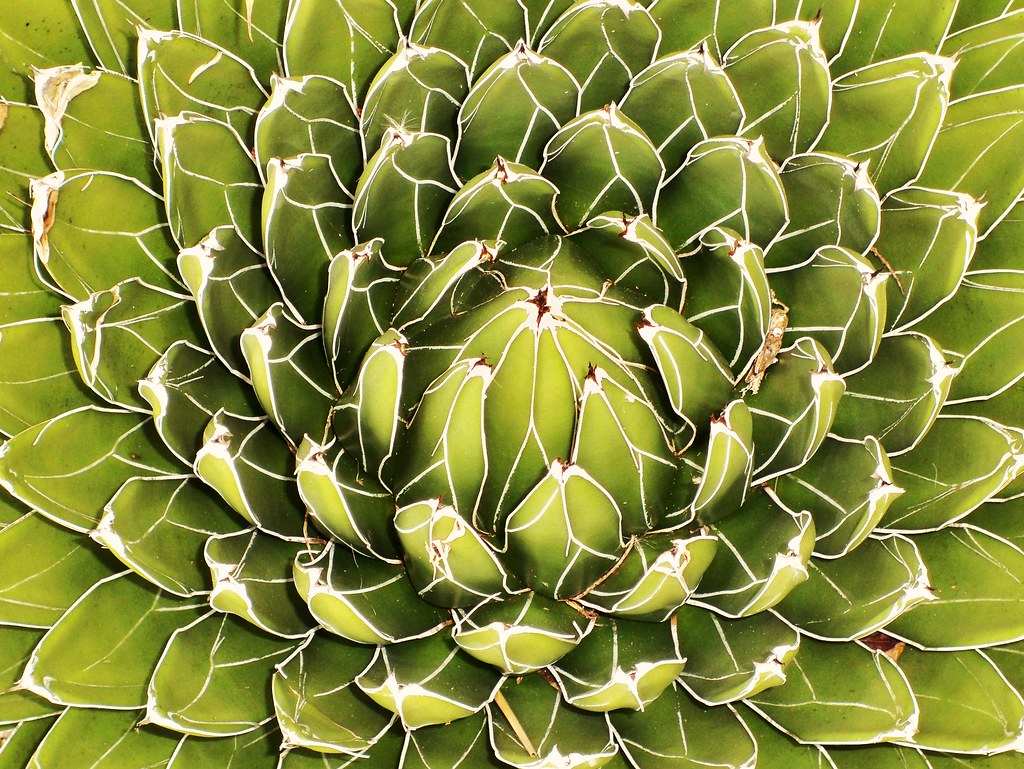Plants can be patented under the United States Patent Act. See 35 U.S.C. §§ 161-164. Like a utility patent, a plant patent will protect the patented plant for 20 years from the date of filing the application. The patent gives the owner the right to exclude others from asexually reproducing the plant, and from using, offering for sale, or selling the plant so reproduced throughout the United States.
There are a number of rules specific to plant patents. To be patentable, the object of the patent application must have these characteristics:
- Be a living plant organism which expresses a set of characteristics determined by its single, genetic makeup or genotype
- Cannot be a bacteria, but can be algae or macro-fungi
- Cannot be a tuber food part like a potato
- Cannot have been found in the wild, but can have been a new seedling discovered in a cultivated area
- Must be capable of duplication through asexual reproduction
- Cannot be otherwise be “made” or “manufactured”
As with other types of patents, a plant patent application must satisfy the other requirements of the Patent Act. Thus, the plant must be novel. That is, the plant be shown to differ from known, related plants by at least one distinguishing characteristic, which is more than a difference caused by growing conditions or fertility levels. Further, oddly enough, it must also be shown that the plant would not have been obvious to one having ordinary skill in the art. The plant patent application also contain a written description, contain a single claim specification, contain a full and complete a disclosure of the plant and its characteristics and describe in what manner the plant has been asexually reproduced. Examples of acceptable methods of asexual reproduction include:
- Rootings and cuttings
- Grafting and budding
- Bulbs
- Division
- Rhizomes
- Runners
- Corms
- Tissue culture
A good case example illustrating the legal principles comes from the case of In re Beineke, 690 F. 3d 1344 (Court of Appeals, Federal Circuit 2012). In that case, the patent applicant — Walter Beineke — discovered two white oak trees in the front yard of a neighbor’s home that appeared to display superior genetic traits as compared to other white oak trees, such as excellent timber quality and strong central stem tendency. However, Beineke’s patent applications were rejected. Beineke was able to satisfy the requirements that his application identified plants and identified plants that were unique. He was also able to show that he was able to reproduce the trees through asexual reproduction. However, essentially, his trees were found in the wild. Being mature trees, they were too old to be deemed “seedlings” and the area where they were found had not been cultivated in decades. In general, it is not possible to patent things that are found in nature and/or things which come into existence without human creative involvement. The court held that Congress allowed newly found seedlings in cultivated areas to be patentable because it could be assumed that, by cultivation of the land, human endeavor contributed to the creation of a new unique type of plant. Beineke did not satisfy this standard and, thus, his patent application was properly denied. For more information or if you have an invention or design that you want to patent, contact the patent lawyers at Revision Legal at 231-714-0100.




